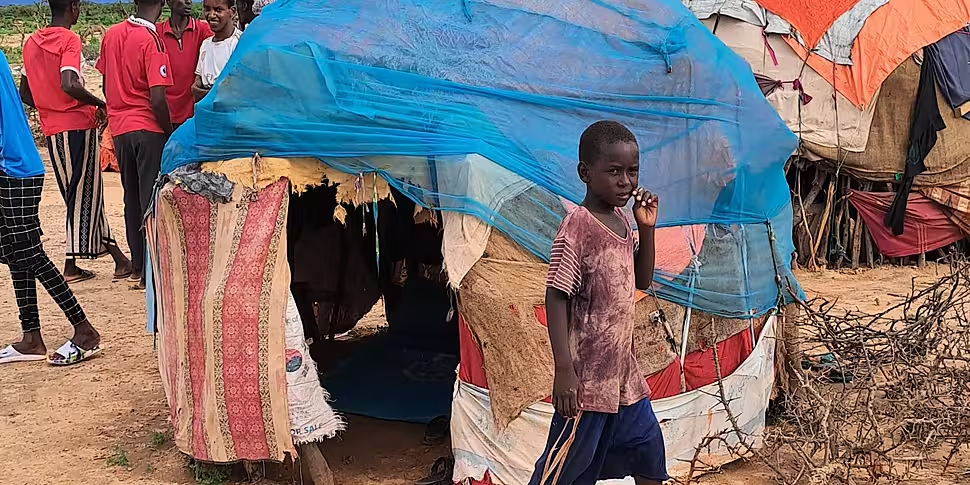Sean Moncrieff said people already affected by fighting in Somalia have faced further hardship because of climate change.
The Newstalk host spent a week with UNICEF staff in the African country, where one year on from the worst drought in over 40 years the country continues to face severe challenges when it comes to feeding its people.
The United Nations was told last month that insecurity persists in Somalia, with extremist group Al-Shabaab and fighting in the Laascaanood region taking a heavy toll on civilians.
The humanitarian situation remains deeply concerning, with nearly four million people facing hunger and about 1.2 million people displaced.
Last year saw the largest increase in civilian casualties there since 2017.
Sean said people have been internally displaced in their own country.
"Ten years ago the population of Mogadishu was a million people, now it's 2.5 million people," he said.
"That's because of all the people who have moved from other parts of the country fleeing war, famine and climate change in general.
"They're called IDPs - or Internally Displaced People - but effectively [they are] refugees in their own country".
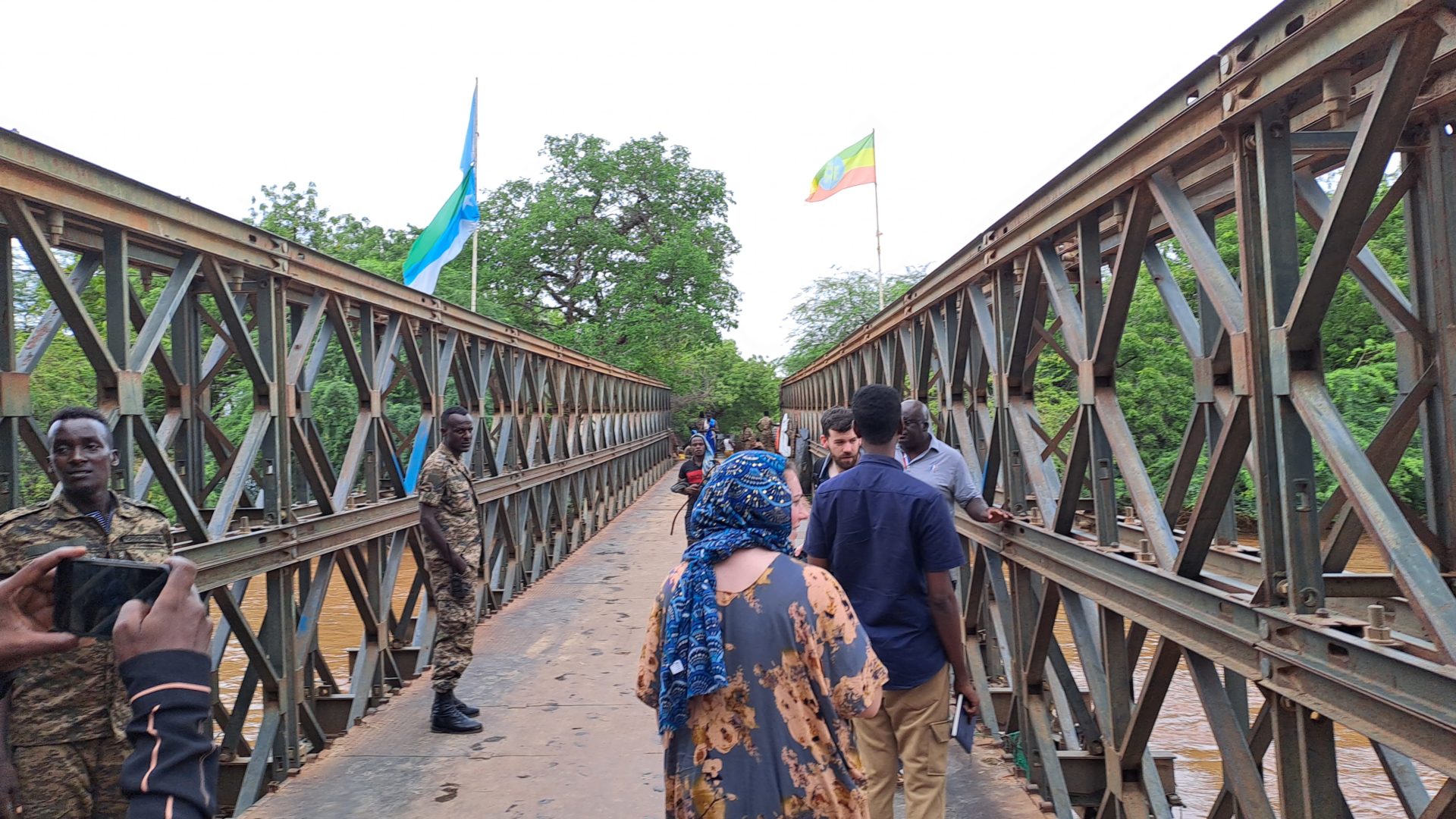 Troops on a bridge in Somalia. Image: Newstalk
Troops on a bridge in Somalia. Image: NewstalkSean said the country uses a clan system which has been in operation there for centuries.
"All Somalis are part of a clan or a sub-clan; those clans have their own militias," he said.
"Everywhere we went in the country you see guns everywhere and people in military fatigues, and it's not entirely sure who's who.
"The central government and the clans are allied together to fight Al-Shabaab, which is an Islamist group that are allied to Al-Qaeda.
"That war has been going on there for well over a decade."
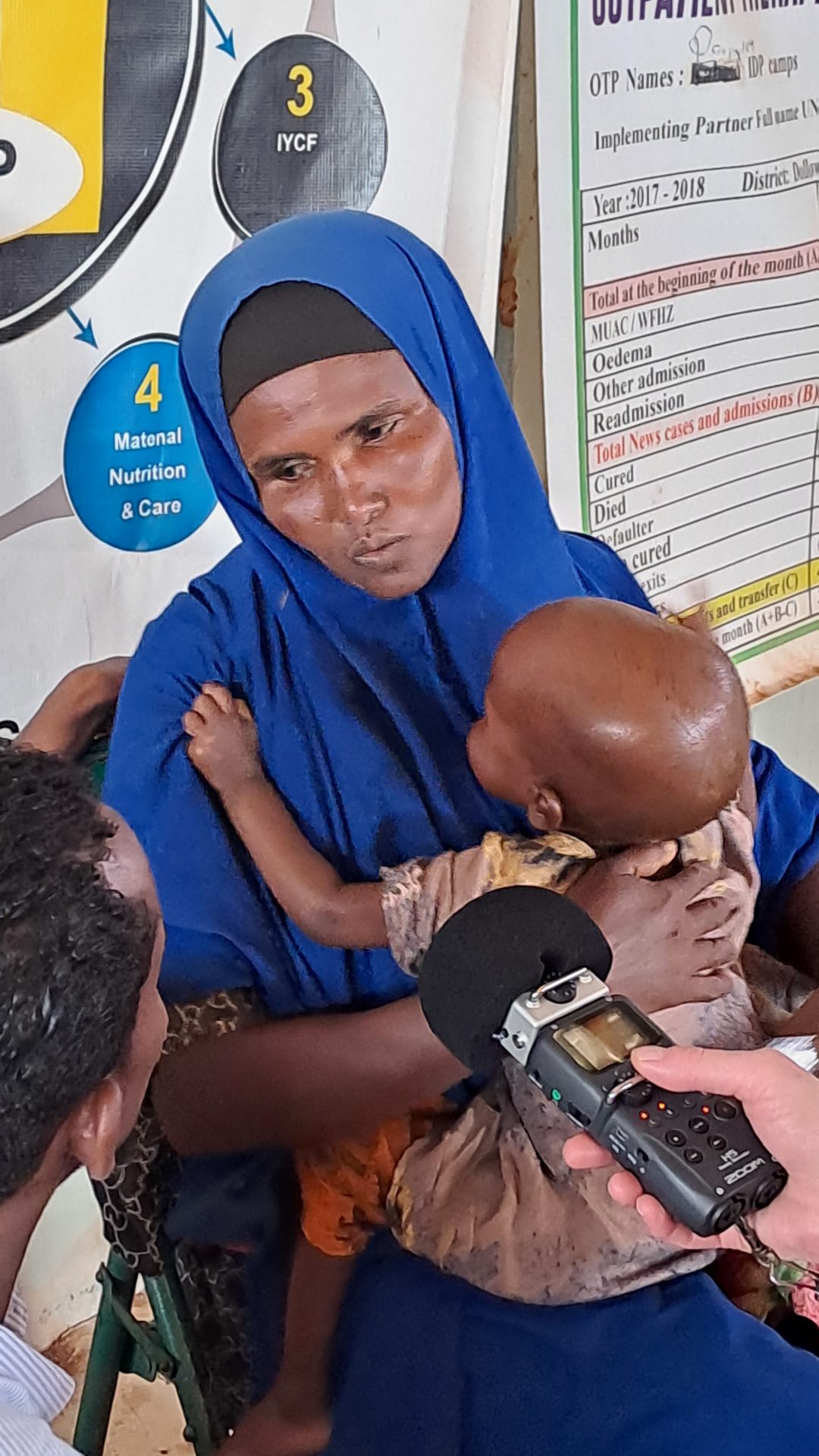 A woman and her child at a UNICEF centre in Somalia. Image: Newstalk
A woman and her child at a UNICEF centre in Somalia. Image: NewstalkSean said the approach of the militant group means nowhere is really safe.
"In the conventional military sense, Al-Shabaab are pinned down in the south of the country," he said.
"But Al-Shabaab, because they also have the option of suicide bombing, manage to have attacks all over the country.
"I think the day before we arrived there there'd been a suicide bombing in Mogadishu.
"Security is extraordinarily tight everywhere we went."
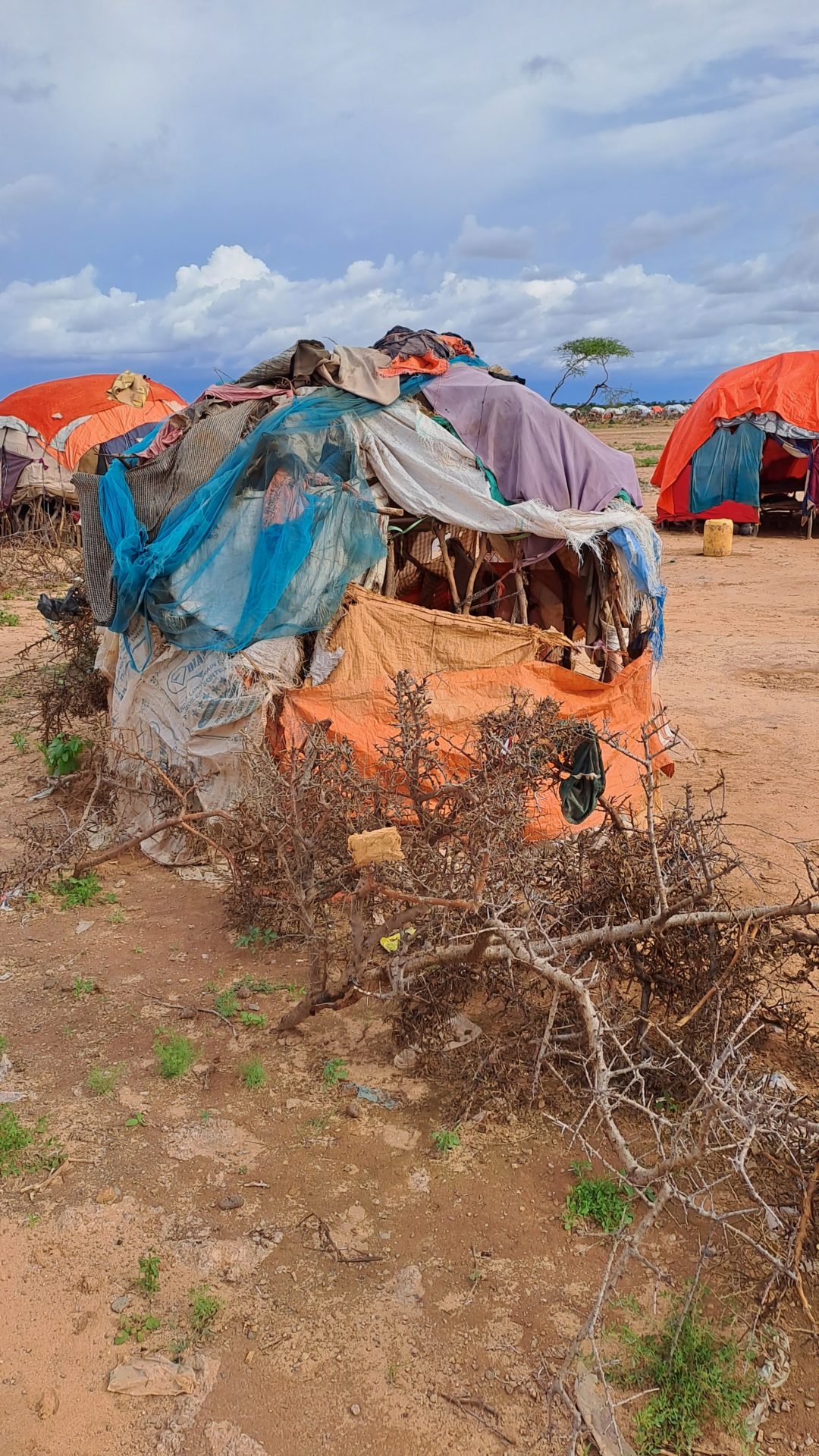 A structure at a camp for Internally Displaced People in Dolo, Somalia. Image: Newstalk
A structure at a camp for Internally Displaced People in Dolo, Somalia. Image: NewstalkSean said climate change means people who stayed behind even during the fighting have since had to move.
"Seventy percent of people in Somalia are pastoralists, that means basically they're subsistence farmers," he said.
"They grow a few crops, they have a few animals... that was all gone in the last five years.
"Five years of drought basically killed off all their crops, killed off all their animals so they had to move.
"That's on top of a lot of people having to move because they were escaping violence.
"Then, whoever was remaining still hanging on there to that way of life, this year floods came."
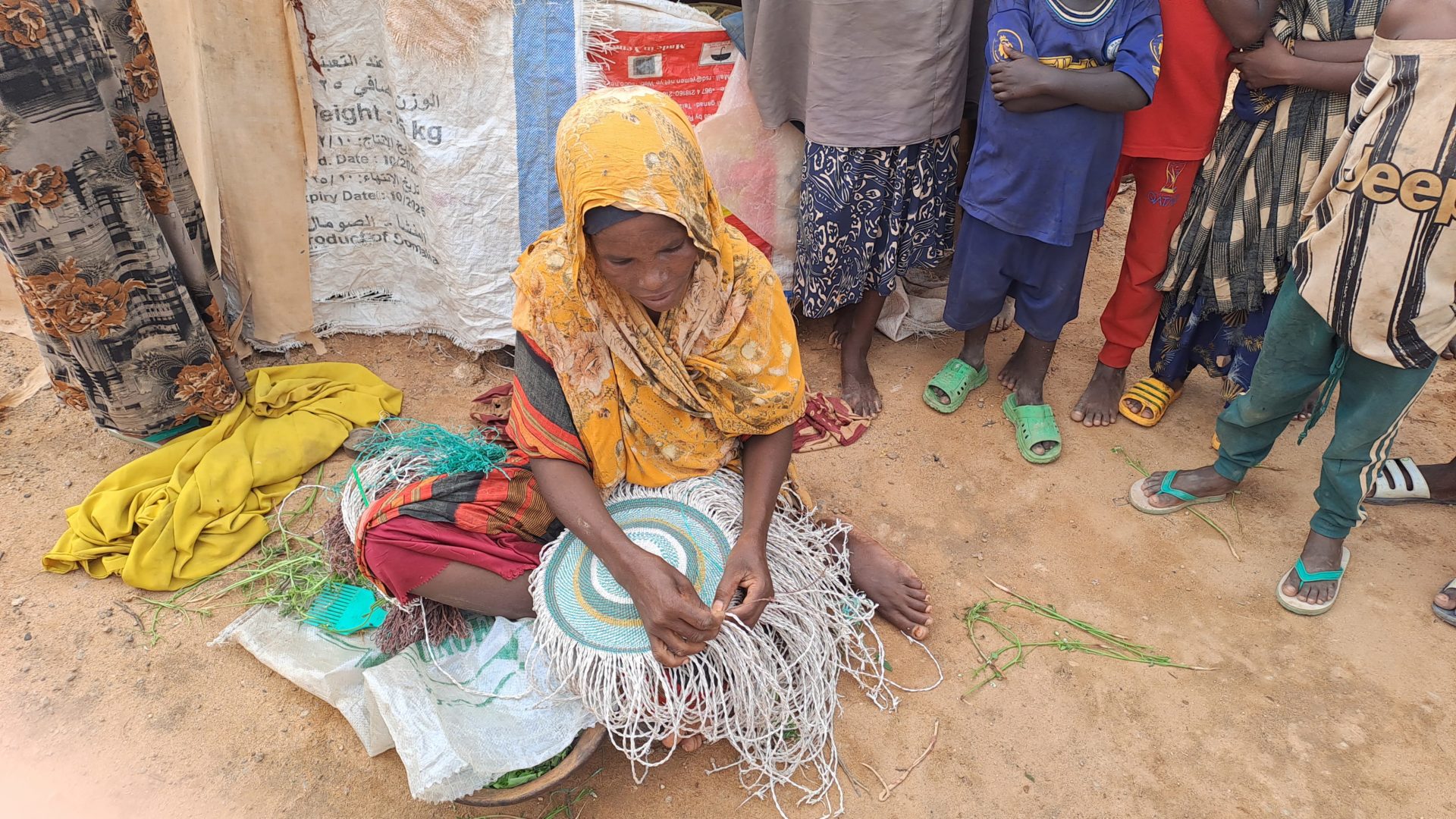 A woman at a camp for Internally Displaced People in Dolo, Somalia. She makes baskets, which takes her 15 days, and sells them for $3. Image: Newstalk
A woman at a camp for Internally Displaced People in Dolo, Somalia. She makes baskets, which takes her 15 days, and sells them for $3. Image: NewstalkSean said these floods not only flooded out the remaining pastoralists, but also camps housing already Internally Displaced People.
"People who were either fleeing the drought, the violence or both ended up in a camp - and then they were flooded out because the rains were so intense this year".
Sean also travelled to town of Dolo, on the border with Ethiopia, where some people have been walking for 10 days to reach safer areas.
"It's like any village in Ireland, it's one street - that's about it," he said.
"About 1,500 people originally lived in this place, but over the last 10 years IDPs have been coming there because it's seen to be relatively safe.
"Now there are five IDP camps... and there's half a million people in these camps.
"They can't feed everyone, obviously, the infrastructure required to feed half a million people everyday would be just impossible - or give them drinking water.
"When we arrived there the floods had receded somewhat, but there were these big lakes - they weren't lakes before - which was floodwater.
"We saw loads of people out with cans collecting that water, which would have been filthy but they didn't have much of an option."
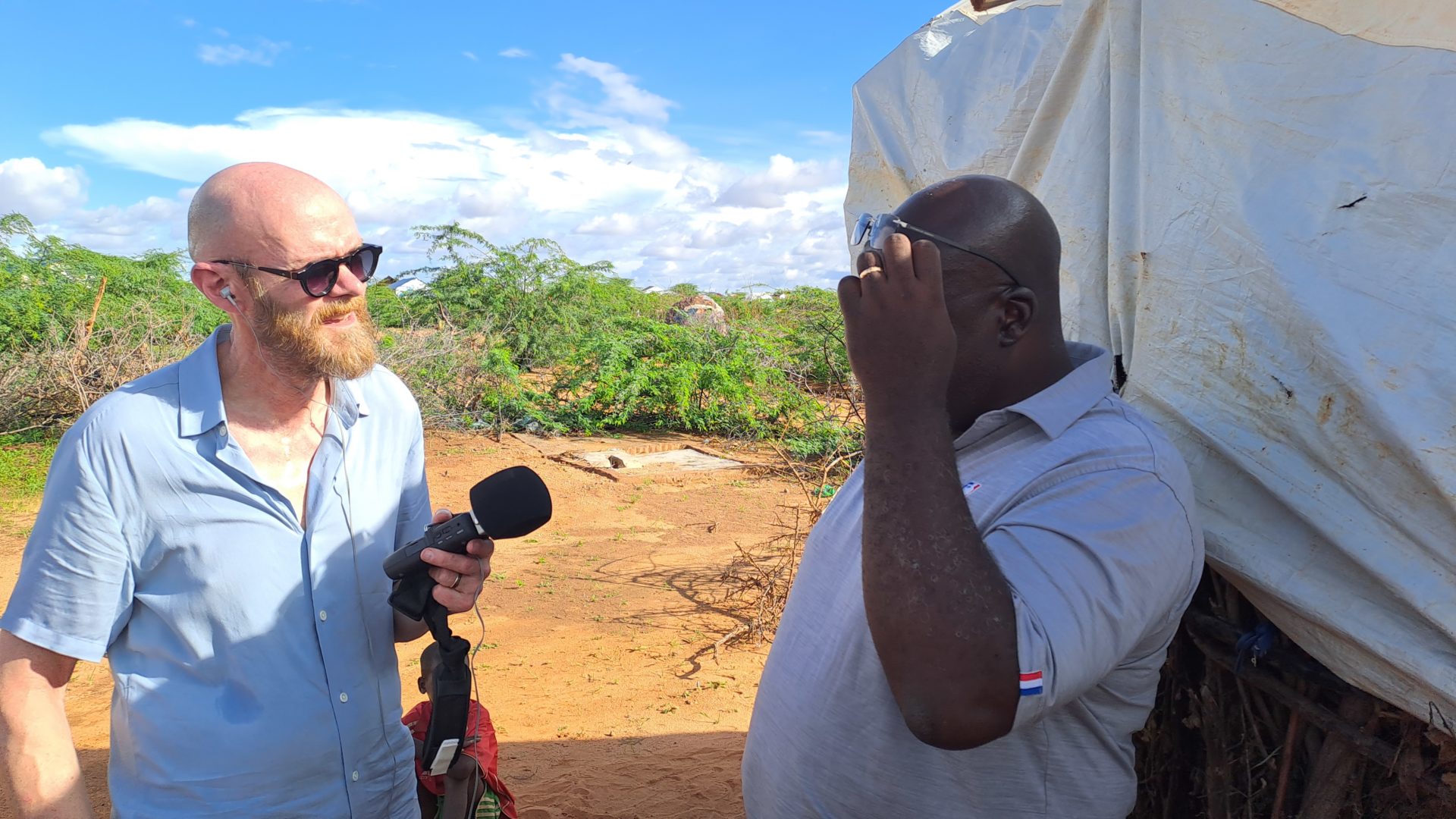 Sean Moncrieff at a camp for Internally Displaced People in Dolo, Somalia. Image: Newstalk
Sean Moncrieff at a camp for Internally Displaced People in Dolo, Somalia. Image: NewstalkSean said accommodation is also a big issue.
"When people turn up at these camps, there isn't accommodation laid on for them," he said.
"They scavenge around themselves, they use branches, they look a bit like an igloo and put tarpaulins over them.
"Inside it's so hot in these, it was unendurable for the Paddy's going in there talking to people.
"The average size of these would be a four-person tent, and you had families of 10 people or so crammed into these."
A lot of people Sean spoke to said they don't expect to ever return to their places of origin.
Listen back here:


